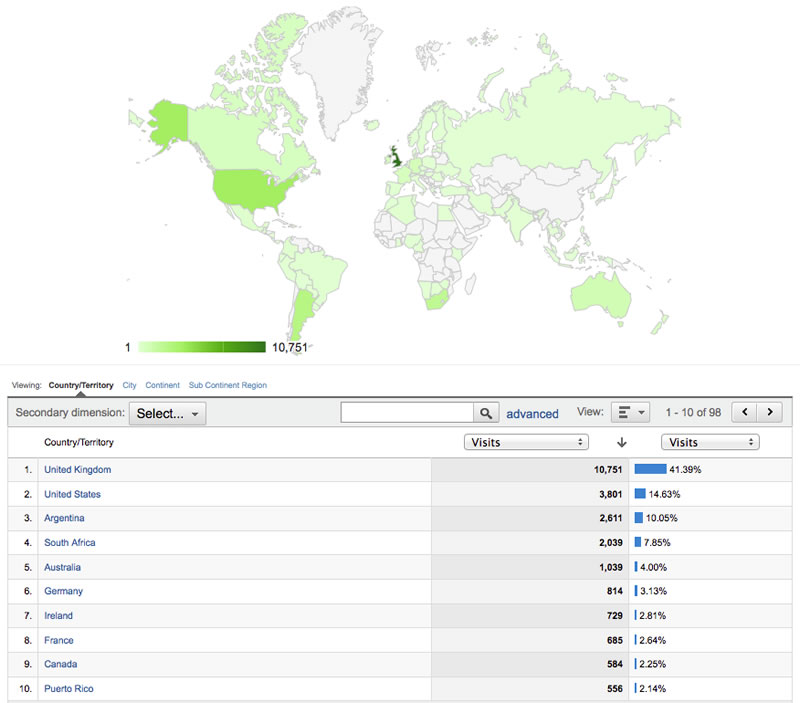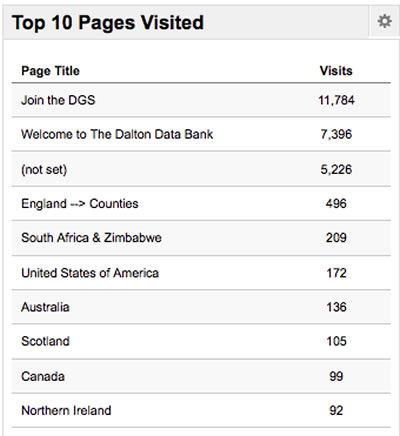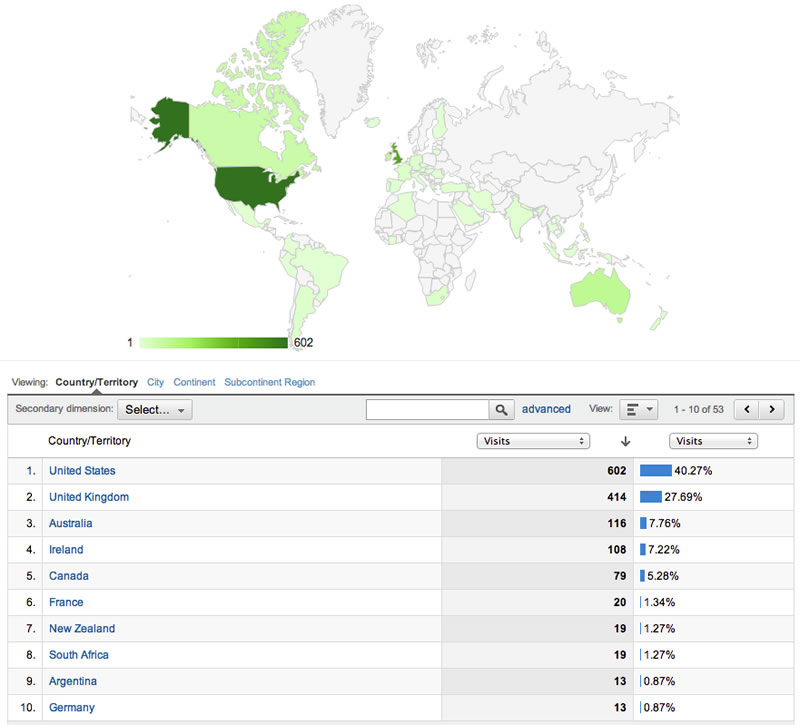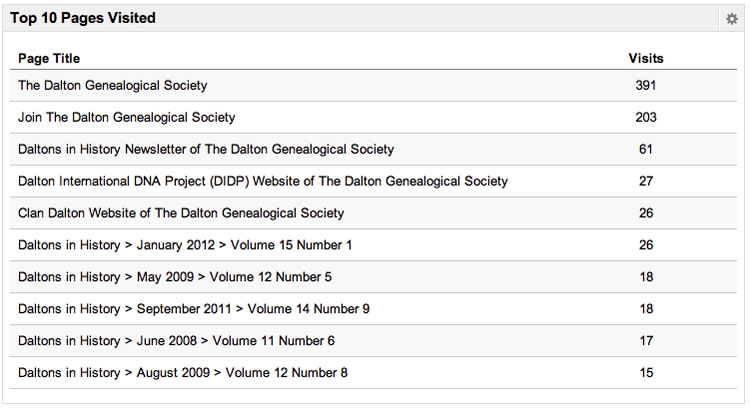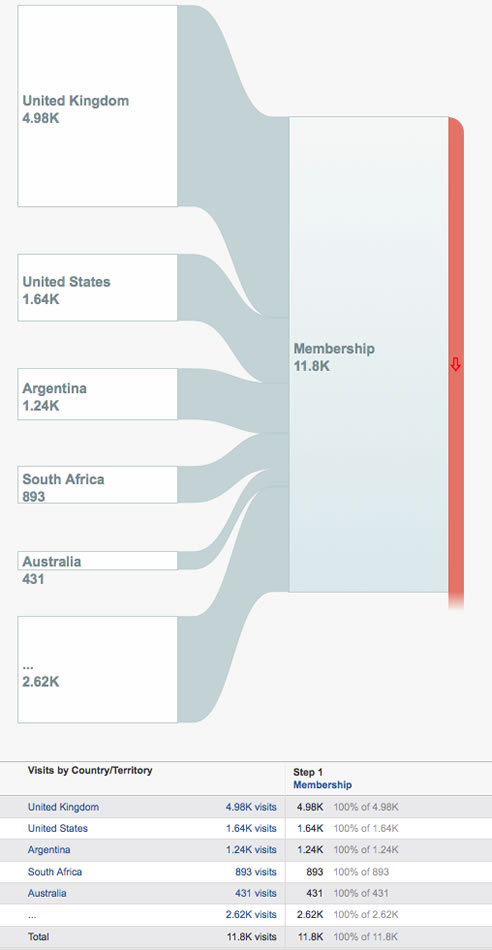|
This article originally appeared in Volume 5 of
the DGS Journal published in 1974. It was written by the late Major General
John Cecil D’Arcy Dalton and tells the story of his Yorkshire Dalton
family descending from Daltons living in Kingston-upon-Hull in the middle
of the 15th Century. It is being republished here as the third of a series
of articles in "Daltons in History", which are appearing each
month as we approach the 2012 DGS Gathering being held in Yorkshire at
the end of July 2012. The Gathering is taking Yorkshire Daltons as its
theme, and these include this Hull based Dalton family, who were Mayors
of Hull in the 16th Century and will be the subject of a talk by Helen
Good at the Hull History Centre on the Friday afternoon.
1. Kingston-upon-Hull
Whether or not there is a link between the Thurnham and
the Yorkshire Dalton families (and the evidence is very strong even if
proof is lacking), there is no doubt that the Daltons were well established
in Kingston-upon-Hull by the middle of the fifteenth century.
The family were merchants of the staple (the staplers
traded in wool and had their chief office at Calais) and must have been
both prominent and prosperous, for as early as 1487, John Dalton was elected
Mayor. The city had been founded in the reign of Edward I and the first
Mayor was appointed in 1322.
All through the sixteenth century the family kept on
producing the Chief Citizen, several of them serving twice or thrice over
a period of years, often holding the office of Sheriff before being elected
Mayor. One of them, Thomas, an Alderman and Merchant, was also very holy.
By his will dated 1497 (the year Cabot sailed to Newfoundland and Labrador)
he founded a Chantry in Holy Trinity Church. He also left his house near
the church to the table-priests and their successors, and gave them his
"great picture of beyond sea work which cost him 8 pounds sterling
to set up over the Altar of St Corpus Christi in the Church".
And he asked to be buried on the north side of the aisle.
The family’s activities as Mayor, however, were
not always plain sailing. In 1540, King Henry VIII visited Hull on his
way to meet his nephew, James V of Scotland, at York and, after being
suitably entertained he left for that city. Meanwhile the election for
Mayor was due, and the candidates were Mr Dalton and Mr Johnson. Alas!
Before the votes were cast the King unexpectedly returned; the election
was postponed and the candidates went to meet him. When he heard about
the election, Henry ordered the Corporation to meet again and mentioned
that Sir John Eland should be nominated along with the other two. At the
election, the King voted for Sir John, and of course the latter was elected.
I suspect that democracy was but skin-deep in those days, and in any case
it was discreet not to thwart a Tudor monarch.
Another Dalton, Thomas, during the first of his three
mayoralties, was in office in 1554 when a rich citizen called Sir William
Knowles presented the Corporation with a gold chain weighing 4½
ounces upon condition that the Mayor should wear it every Sunday, holiday
and on particular occasions or else forfeit 40 pence for every omission.
This story has a sequel. The chain, presumably first worn by Thomas Dalton
in 1554, is still the basis of the chain worn by contemporary Lord Mayors
of Hull, and was worn when the writer, 10th in descent from Thomas, during
his year as High Sheriff of Yorkshire, entertained the Lord Mayor of Hull
to luncheon at the Assizes.
The last Dalton to be Mayor, in 1588, was Robert and
I am sorry to say he brought discredit on the family. He was accused later
of having "ingrossed most of the mills in his hands, taking (instead
of money) moultercorn, and more of it than he should, and aggravated his
offence by mixing plaster with it to increase the weight". For
this grave offence he was "severely reprehended" and
might well have been fined too had he not apologised and promised never
to repeat the crime. Honesty compels me to record this blot; family pride
makes me add that the culprit was not a direct ancestor of the present
Dalton line!
By the end of the sixteenth century the family was ready
to expand its life away from the channels of commerce. For some time they
had married into the families of the landed gentry, and had been well
educated. In particular, William Dalton, second son of that Thomas who
had three times been Mayor, became a lawyer and was Recorder of Hull.
He then moved and settled at or near Otley in the West Riding of Yorkshire.
He was made a member of the Council of the North at York, was subsequently
(in the language of the period) Attorney-General of the Northern Court
– which probably meant Secretary to the Council in modern terms
– and became also Recorder of York. His office was at King’s
Manor in York, which is still in existence and is now part of York University.
He was knighted by King Charles I at Whitehall Palace in 1629. A few years
later we find his signature on a letter from the Council to the Mayor
and Aldermen of Hull about the fortifications of the town and the payment
for them. I hope it gave him satisfaction to take some part in the affairs
of his native place. It is not known when he was born, but he died in
1649, a staunch but doubtless saddened Royalist, and was buried in York
Minster. There is a portrait of him as an old man at Hauxwell Hall. It
was in 1631 that he had bought Hauxwell for his son John, of whom more
in a moment.
Before finally leaving Hull, it may be of interest to
quote from an eighteenth century history of the town concerning the duties
of Mayor in the earliest days, to show that the holders of that office
were persons of consequence and had heavy responsibilities.
During his year of office he is to see the laws executed,
and the King within his district exercises his authority by the Mayor’s
administration, so that he is the King’s Lieutenant in his absence.
The Mayor of Hull gives place and drops the insiginia of authority only
to the Sovereign himself or the presumptive heir to the Crown, in the
presence of whom only he is dispossessed and on such occasions carries
himself the mace before the King.
2. Hauxwell
The manors of East and West Hauxwell and of Barden in
Yorkshire belonged after the Conquest to Earl Alan of Richmond and his
brother. They descended through various families over the years and early
in the seventeenth century were possessed by the Jopsons. From this family
they were acquired in 1631 by Sir William Dalton for his son John, who
thus became "First of Hauxwell" for our family. John
had married Dorothy D’Arcy of Hornby Castle near Bedale and only
three miles from Hauxwell. The house at this date was small and simple
and John was perhaps some sort of agent for the D’Arcys. He was
certainly "of their party" politically and shortly
became second-in-command of his brother-in-law’s troop of Royalist
horse. Several pieces of armour of the period are still to be seen in
the museum at Hauxwell. The family’s Hull origins were kept in mind
by the inclusion in a window of Hauxwell Church of an heraldic shield
of sixteenth century painted glass depicting Dalton impaling Tyrwhitt.
Ann Tyrwhitt had been the second wife of Thomas Dalton of Hull and was
John Dalton’s grandmother.
Whatever plans John, with his wife Dorothy, may have
had as squire of Hauxwell, were shattered by the Civil War. John took
service with his brother-in-law D’Arcy and in 1643 they were assigned
the duty of escorting the Queen, Henrietta Maria, on her journey across
England. The Queen had landed at Bridlington on the Yorkshire coast in
February, and after a delay in York began the hazardous cross-country
journey to join the King at Oxford. She arrived there in July, but regrettably
John Dalton was no longer with her. At the crossing of the River Trent
at Burton there was a skirmish with the Parliamentarian troops; John was
badly wounded. He was taken back to Yorkshire, where he died a year later
and was buried in York Minster. This melancholy event was recorded by
his father, Sir William, in his own handwriting on one of the fly-leaves
of his law manual (still at Hauxwell):
My only sonne John Dalton was wounded at Burton upon
Trent the fift of July 1643 and thereof dyed 1644 the 24 or XXVth July
who was a valiant man and a duetyfull and loving sonne.
Would not any of us be satisfied with such a simple and
moving epitaph?
One can imagine the disruption and distress caused by
the Civil War, with allegiance divided even within families. Yet things
soon returned to normal, and after his restoration, Charles II now King
remembered those whose families had loyally supported his parents. John’s
son William was one of those knighted by Charles II. This second Sir William
lived at Hauxwell and before he died had begun to enlarge the house. So
far as is known, no celebrated architect was employed, but the work attributed
to this period is typically restrained and eminently suitable for a squire’s
house.
The Daltons continued in the male line all through the
eighteenth century when their most important member was Sir Charles, younger
son of the second Sir William. He had been born in 1660 and in middle
life obtained some minor appointment as an Usher at the Court in London.
Here he mixed with fashionable and cosmopolitan people and acquired knowledge
(and possessions) which were to influence Hauxwell permanently. It was
in 1717 that he became the owner of the property and commemorated the
event by erecting a stone obelisk in front of his house. This monument
stood sturdily for nearly 250 years before being severely damaged in the
great gale which ravaged this part of Yorkshire in 1962. It has since
been repaired.
Sir Charles never married. In 1727 he became Gentleman
Usher of the Black Rod, a position of some consequence in those days,
which he held till his death twenty years later. During this time he built
a wing to the house, the ground floor being a beautifully proportioned
room decorated with carved wood panels and plaster work, and imported
some notable pieces of Flemish tapestry which family tradition believes
he "acquired" from the Palace of Westminster! He also
collected books, many of which have survived, as has also his court dress
sword and part of his black rod.
After Sir Charles’s death in 1747 the property
passed through a somewhat twilight period. For more than 40 years his
parson nephew, another Charles, was in possession and must have planted
trees near the house where some very fine hard-wood specimens still stand.
He in his turn was succeeded for a short time by his brother Francis.
This brother had married a lady who was related to the Bathurst family
and who inherited some family portraits as well as a house in Kent. This
house was sold and the proceeds used to enlarge the Hauxwell estate. Francis
and his wife had an only daughter who married into a distinguished local
family called Gale and lived to be 95 years old. Her granddaughter, who
inherited Hauxwell, took the additional name of Dalton to her married
name of Wade. After three generations of Wade-Daltons, the last of that
line being childless, gave the estate to his distant kinsman, Richard
Dalton, born 1948, whose direct ancestor had bought it over 300 years
previously.
3. Sleningford and The Hutts
We must now go back in time to chronicle the affairs
of the present family.
Sir William the second, who lived at Hauxwell after the
Restoration and who has already been mentioned, had a younger brother,
Thomas. Nothing is known about him except that he lived at Bedale, a small
country town a few miles east of Hauxwell. He had a son John, equally
obscure, and this John’s only son was James, who grew up to obtain
a commission in the army. So started a remarkable military tradition in
the family. He himself was apparently hot-tempered and earned the nickname
of "Fighting Jim" because of his propensity for duelling!
His regiment was stationed for some time in Southern Ireland, where he
married a Limerick lady. Later he was in Scotland, and in 1741 (having
made his will and left everything he possessed to his wife Elizabeth)
he set sail with his regiment for the West Indies where England was at
war with Spain. He did not long survive, and within six months of leaving
Scotland he had been drowned when making a landing on one of the islands.
Meanwhile his only child, a son John, had already been
placed in the army and had been commissioned – at the tender age
of 15 – into one of the new marine regiments raised for the Spanish
war. A year later his father was dead, and what odds would have been laid
against the survival of the family, vested only in young John about to
go to war? Not only did he survive, but he became the head of a family
that was to proliferate through several generations.
John’s career was remarkable, and started with
five years as a second lieutenant on board HMS Preston of 50 guns, cruising
in the East Indies and off the coast of Southern India. He then left the
sea for the land and transferred to the East India Company’s service
as a captain in command of the Grenadier company. This was in 1749. He
became "a very intimate and worthy friend" (his own
words in a letter home) of Robert Clive, a friendship which lasted for
life.
From now onwards, John saw much active service in the
Company’s war against the French. From 1752 he became the commander
of the fortress of Trichinopoly, a key post which carried much responsibility
both military and civil and which was not without excitement. Beleaguered
by the French and their native allies, the commander of the fortress was
the obvious target for assassination, and this was duly attempted. The
would-be assassin however was caught and summarily killed by the gruesome
(but effective) method of being blown from the muzzle of a gun.
By 1754, after nearly eleven years continuous service
in the East Indies, John resigned his commission and sailed for home,
having amassed a fortune of £10,000, and still being young and healthy.
The journey home by sea took six months and covered 14,000 nautical miles.
He lost no time in visiting his mother, to whom he had written many tender
letters over the years and who had been living at Kendal in Westmorland
since her husband’s death. It was on his journey north to see his
mother that a charming and romantic episode took place. Having arrived
at Bay Horse Inn at Green Hammerton, one stage out of York on the road
to the north, he stopped for the night and occupied the only sitting room
available. Later a coach arrived, carrying Lady Wray and her two daughters.
John very naturally gave up his room to them, whereupon Lady Wray equally
naturally invited him to have supper with them. He fell in love with one
of the daughters, Isabella, and married her in Ripon Minster the following
year – and lived happily ever after! The Church register of marriages
records "John Dalton, Esq of the parish of Hauxwell and Isabella
Wray of this parish". The Wrays had a property, Sleningford
near Ripon. Some years later, John bought this from his brother-in-law,
Sir Cecil Wray, and it remained in the family of his descendants for more
than 150 years. He was a notably handsome man, perhaps a vain one too.
On his visits to his mother in Kendal, he had himself painted twice by
the well-known artist, George Romney, at 2½ guineas a time. Both
pictures are still in the family. Later, when Romney went to London, the
price went up to 5 guineas.
John had several sons. The youngest James went into the
Church and became Rector of Croft in Yorkshire for over 40 years. (He
was succeeded there by the Reverend Charles Dodgson, whose son "Lewis
Carroll" wrote part of "Alice in Wonderland"
in the Rectory garden.)
One of James’s brothers, and his son, grandson
and two great grandsons all served in the army in the Royal Artillery,
and all became generals. The grandson, James Cecil, retired from the army
before World War I and settled at The Hutts, a small property near Ripon
and not far from Sleningford. He had married Mary Caroline Barker, great
granddaughter of John Barker of Clare Priory, Suffolk, who as a young
officer fought in the English army in 1774-6 at Lexington, Concord and
Bunker Hill in the American War of Independence. The Hutts was and still
is a remote and lovely place high up on the edge of moorland country and
with superb views for 30 miles over the Vale of York. There he raised
his family, including the author of this article and his elder brother
Sir Charles, the latter going to live there on his retirement from the
army. Both brothers incidentally, have served their year as High Sheriff
of Yorkshire. Meanwhile the younger brother lives at Hauxwell as caretaker
for one of his sons, Richard, who as has been noted above had received
the estate in trust while still a child. In 1972 the wheel came full circle
and Sir Charles’s son John married Amelia Stanley-Price in Ripon
Cathedral 216 years after his great great great grandfather had wed Isabella
Wray in the same place.
Here we leave the record of the Yorkshire Daltons for
the last five hundred years. There is nothing exceptional in it, and many
families could record the same sort of story. Yet, in these times of rapid
change, it is a matter of gratitude to former generations who made the
record that the story can be told.
The author acknowledges help from various family
memoirs and papers; also from Gent’s History of Hull (1735) and
History of Kingston-upon-Hull by the Rev John Tickell (1796).
|




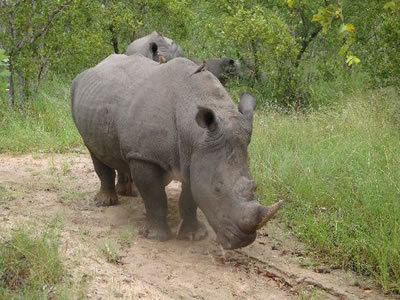

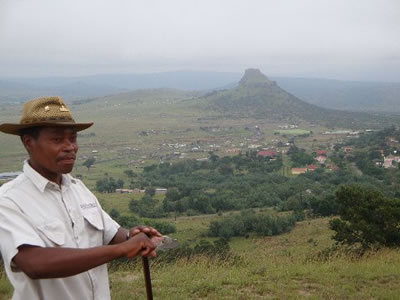
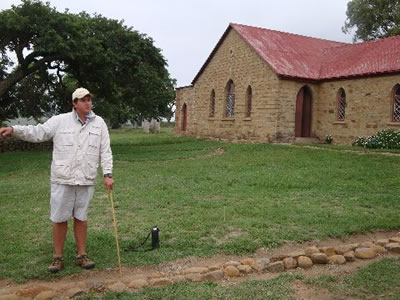
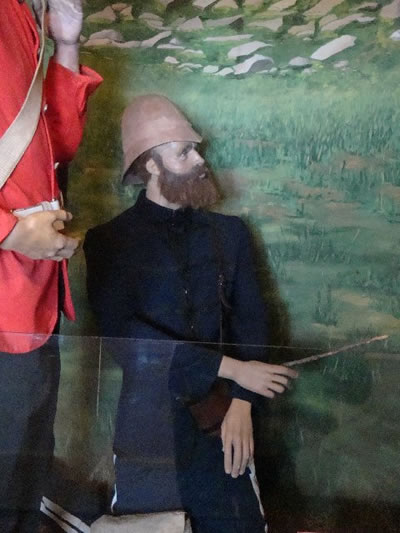
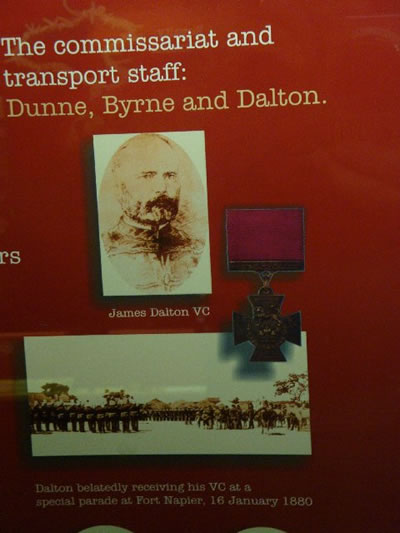
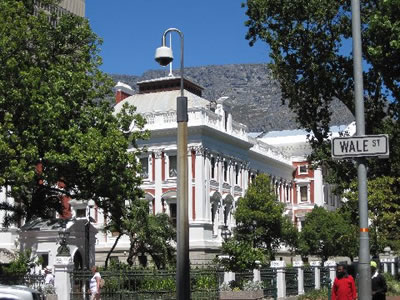
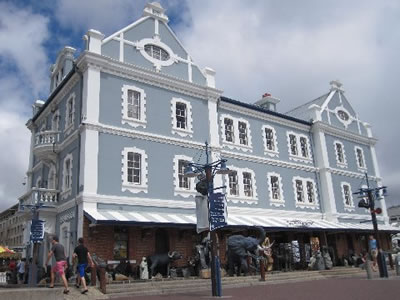
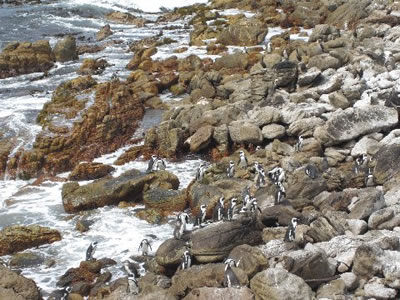
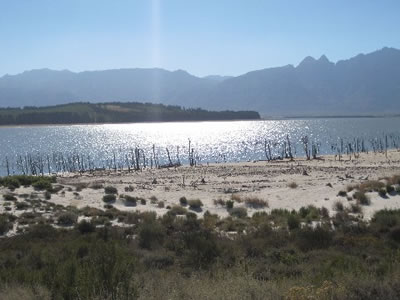
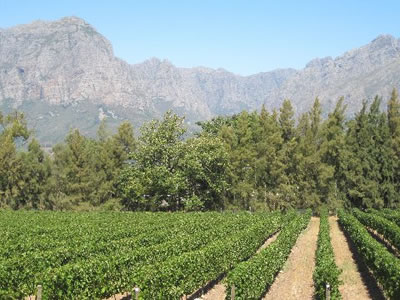
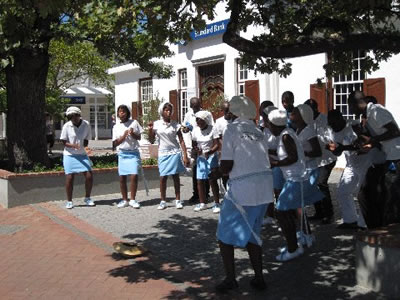

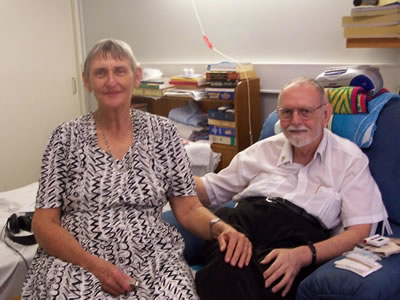
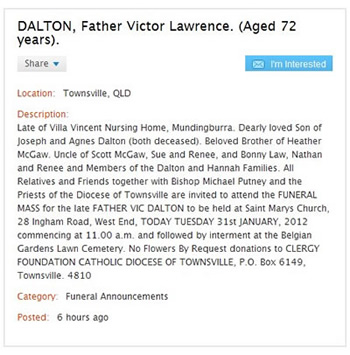
%20001.jpg)
